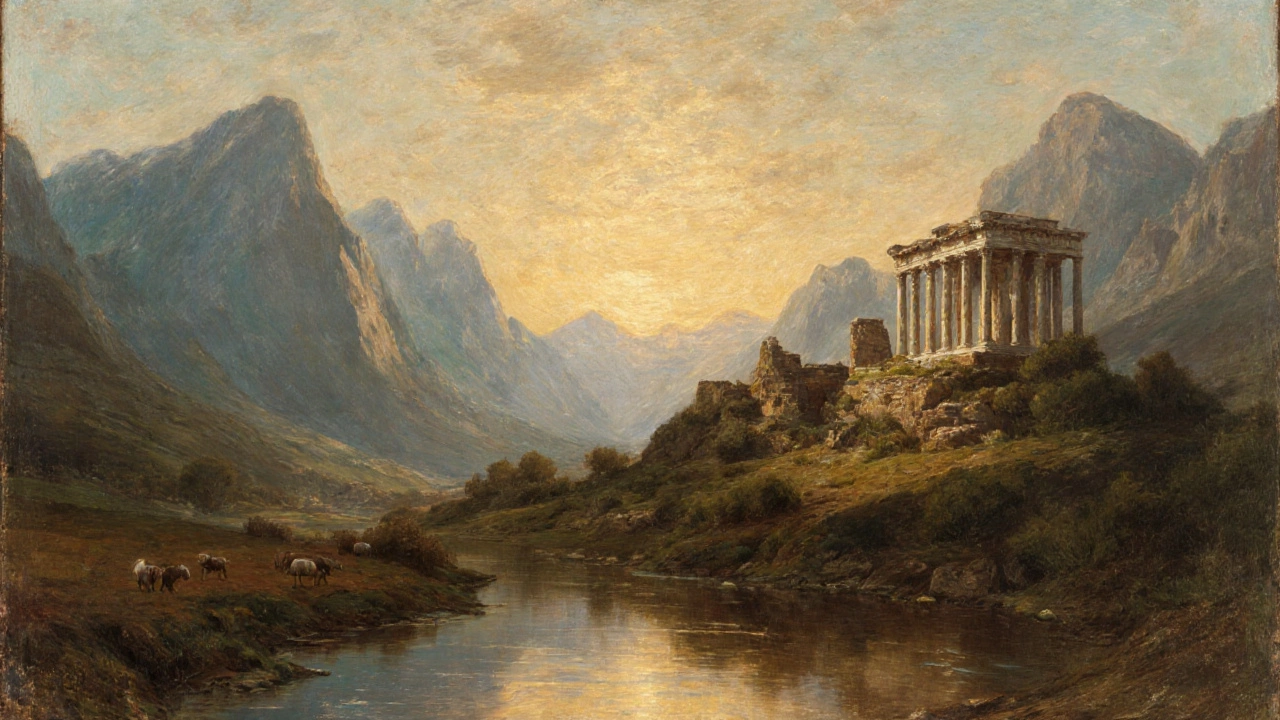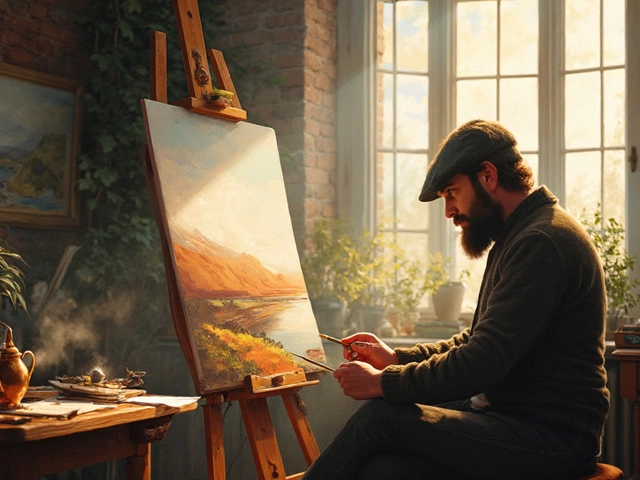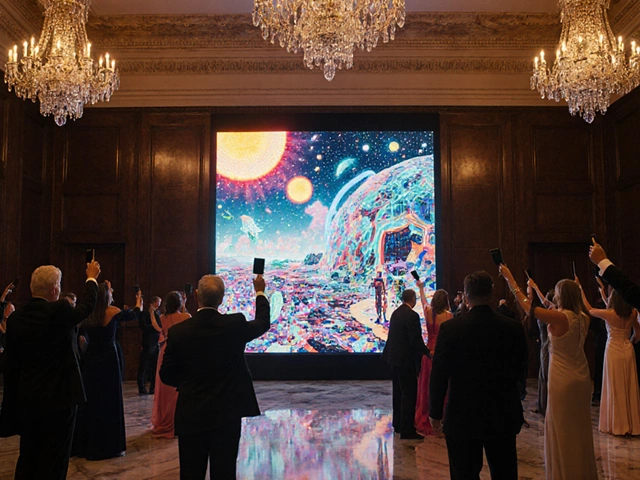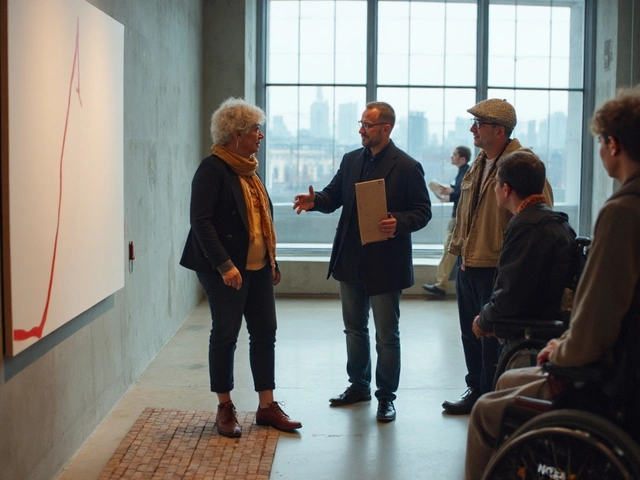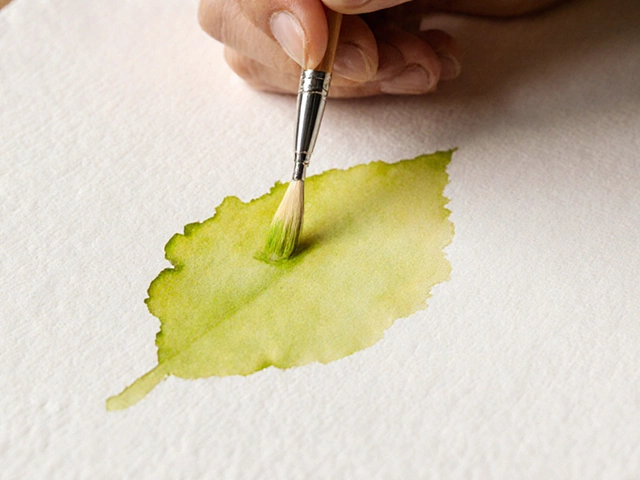Hudson River School – The Classic American Landscape Movement Explained
When working with Hudson River School, a 19th‑century American art movement that celebrated the natural beauty of the Hudson River Valley and surrounding wilderness. Also known as American Romantic Landscape, it shaped how artists, collectors, and viewers perceive the American environment. The movement isn’t just a footnote in art history; it’s the backbone of early American landscape painting. Hudson River School artists used light, atmosphere, and towering trees to tell moral stories about nature and nationhood. In practice, the school encompasses Landscape Painting, the genre that captures scenery, sky, and terrain in a way that feels both realistic and sublime. That connection forms the first semantic triple: Hudson River School encompasses Landscape Painting.
Key Figures, Styles, and Influences
At the heart of the school sits Thomas Cole, the founder who blended European Romantic ideas with the untamed American frontier. He believed that wilderness could teach moral lessons, a view that guided every brushstroke his followers made. Cole’s mentorship led to artists like Asher B. Durand and Frederic Edwin Church, who each added their own twist but kept the core values intact. This creates a second semantic triple: Thomas Cole founded Hudson River School. The style leans heavily on Romanticism, an artistic movement that emphasized emotion, the sublime, and the power of nature. Romanticism influences the Hudson River School’s use of dramatic light, misty valleys, and expansive skies. When you see a painting where the sun breaks through clouds over a river, you’re looking at Romantic ideals filtered through an American lens. That relationship gives us a third semantic triple: Romanticism influences Hudson River School. Another important link is to American Art, the broad category that includes all visual works created in the United States. The Hudson River School helped define what "American" meant in visual culture, moving away from European imitation toward a distinct, home‑grown aesthetic. In short, Landscape Painting shapes American Art, and the Hudson River School sits right in the middle of that exchange.
Why does this matter for anyone learning art today? First, the school’s technique—starting with a thin underpainting, building up glazes for depth, and using a limited color palette—still informs modern landscape workshops. Second, its thematic focus on conservation and national identity resonates with today’s eco‑art and public mural projects. Third, understanding the school gives you a shortcut into the history of American museums, because many early collections were built around these works. Below you’ll find articles that dig into the technical side of painting, the biographies of the key artists, and the way the Hudson River School still pops up in contemporary art discussions.
What Is the Famous School of Landscape Painting?
The Hudson River School was America’s first major art movement, turning wild landscapes into spiritual symbols. Artists like Thomas Cole and Frederic Church painted nature with awe, helping shape how Americans saw their land-and why it deserved protection.
Continue ReadingTwo Main Types of Landscape Paintings Explained
Discover the two main types of landscape paintings-idealized and observational-along with their history, key artists, and how to tell them apart in just a few minutes.
Continue Reading
